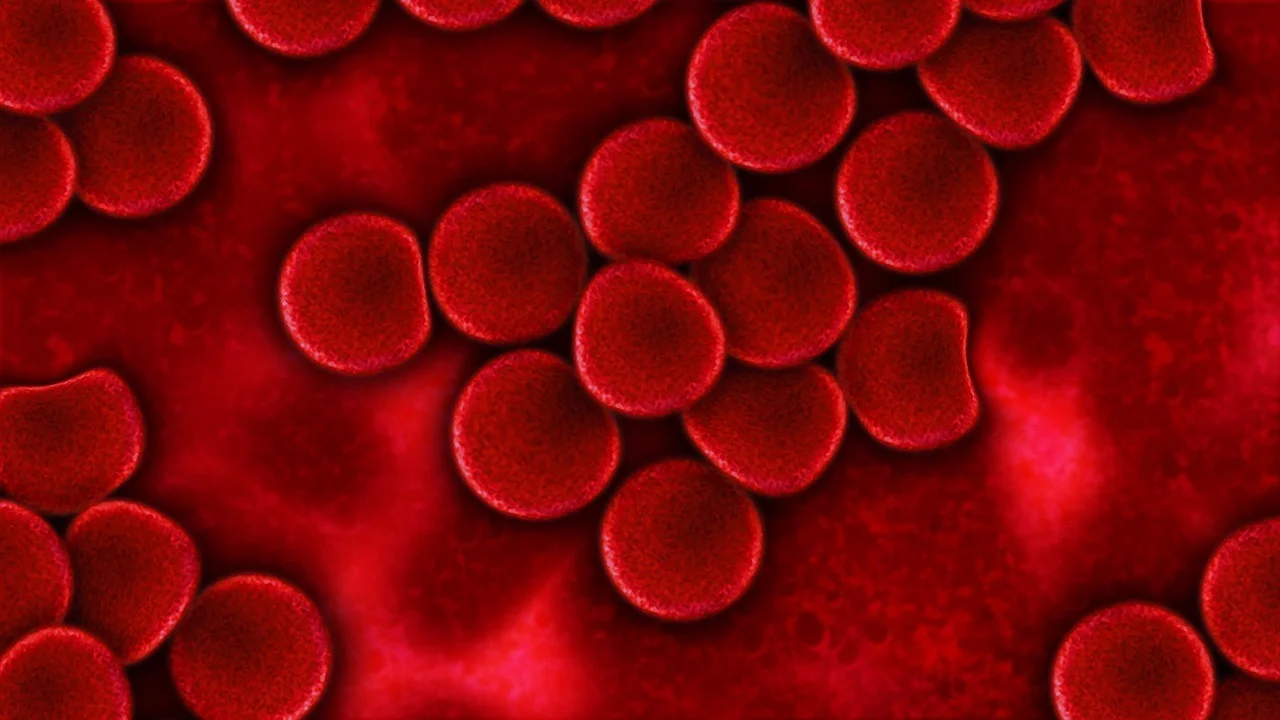Hematopoiesis:
Hemato means blood and poiesis means to form so it is a Greek word that means to form blood. It is a process in which blood cells are produce during embryonic development. All blood cells are produce from the hematopoietic stem cell. So, these stem cells are the cells in the body that can differentiate into other cell types and these stem cells are self-renewing. Stem cells maintain their population in the body by cell division. Mature blood cells have a limited lifespan and must be continuously replace through a process called hematopoiesis, which starts in the red bone marrow.
In the blood red blood, white blood cells and platelets are present that are actually fragments of cells. Even though these cells are present in the blood, they are not produce there. The cell inside the blood are produce in the bone. Inside the bone, there is a central cavity so inside the cavity there is spongy tissue called bone marrow. So bone marrow is the site in which all cells are produce. In other words, it is the site of hematopoiesis.
Formation of blood cells or site of hematopoiesis:
In humans, the process of this hematopoiesis is responsible for the formation and development of red and white blood cells. The process begins in the embryonic yolk sac during the first weeks of development. So, in the embryonic yolk sac, there happens hematopoiesis.
Firstly yolk sac stem cell is differentiate into primitive erythroid cells which contain embryonic hemoglobin. These primitive erythroid cells contain embryonic hemoglobin after that hematopoietic stem cells migrate from the yolk sac to the fetal liver by the third month of gestation.
These hematopoietic stem cells colonize the spleen and that is how the spleen and fetal liver play a major role in hematopoiesis from the third to seventh months of gestation. After that bone marrow becomes the major factor in hematopoiesis. After birth, there is little or no Hematopoiesis in the fetal liver and spleen. The hematopoietic stem cell gives rise to two different tissues such as:
- Lymphoid group cells
- Myeloid group cells
1. Lymphoid group cells:
The lymphoid group includes two different sites of blood groups. The first is the T lymphocyte and the second is the B lymphocyte.

2. Myeloid group cells:
The Myeloid cells are divide into erythrocytes or red blood cells (RBCs) and other type is megakaryocyte which forms small fragments call platelets. The third type is white blood cells that are divide into monocytes(nucleus in one piece) , neutrophils (multi-fragmented nucleus), basophils (bright blue granules in the cytoplasm ), and eosinophils (two-piece nucleus and bright red granules in cytoplasm).
The immature form of all these cells is call blasts and when this blast matures called cytes. For example, a T-lymphocyte develops from T-lymphoblast, and also erythrocyte creates from erythroblast. Neutrophils, basophils, and eosinophils develop from Myeloblast.
Production of red blood cells by kidneys:
When RBC counts drop, such as during blood loss, the resulting oxygen-deficiency state, hypoxemia, is detect by the kidneys. The kidneys respond by increasing their erythropoietin secretion, which leads to increased red blood cell production by the end of 3 to 5 days.
High red blood cells:
People living at high altitudes usually have higher RBC counts in response to lower oxygen levels. Athletes, whose demand for oxygen is more elevated, also have higher RBC counts.